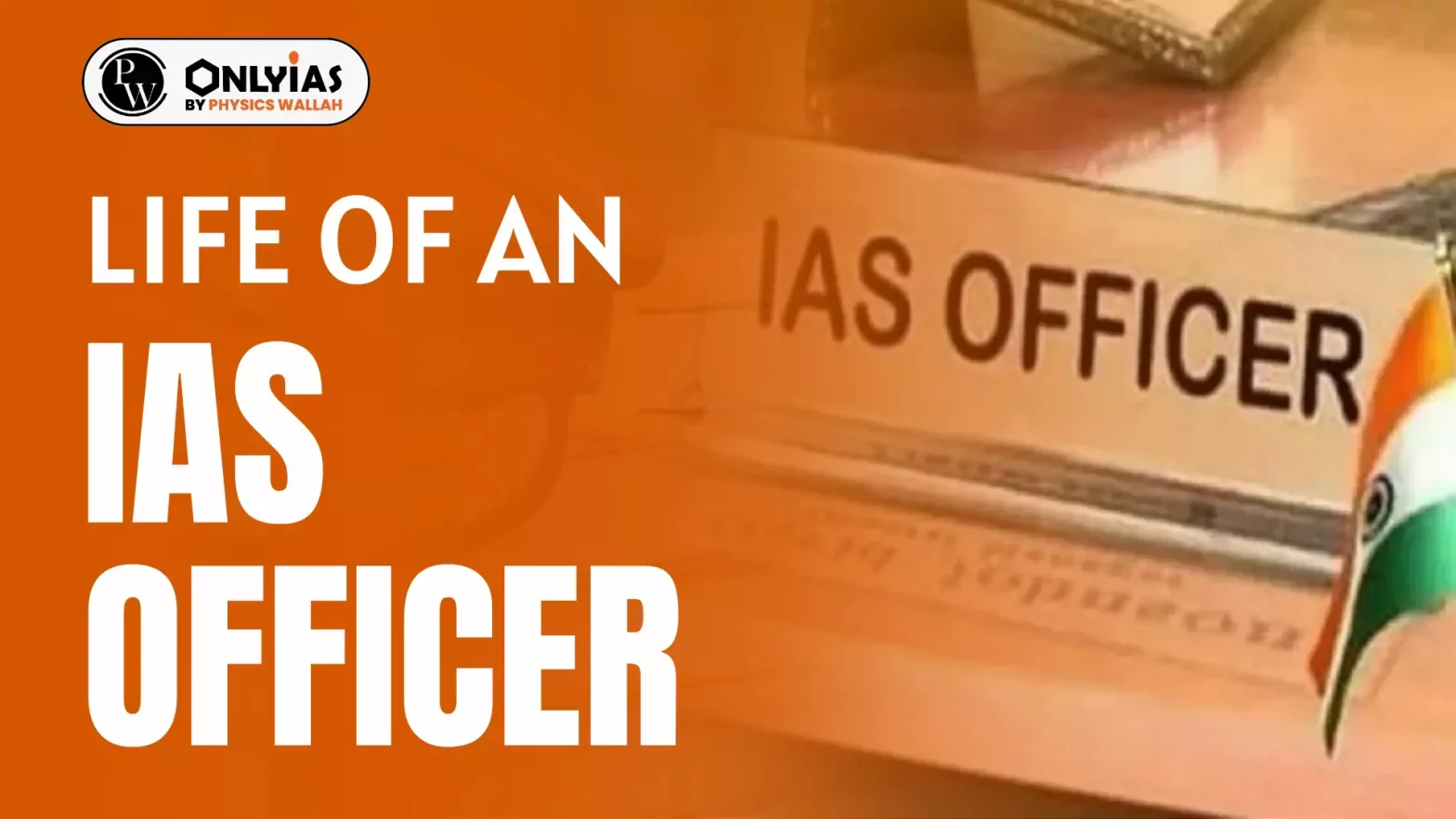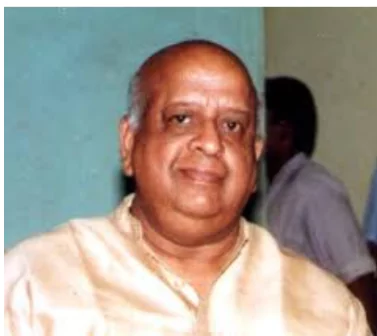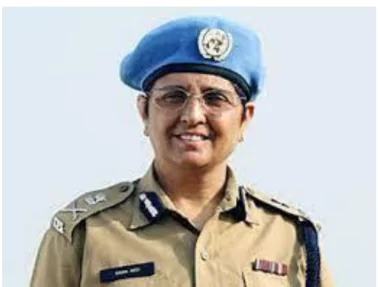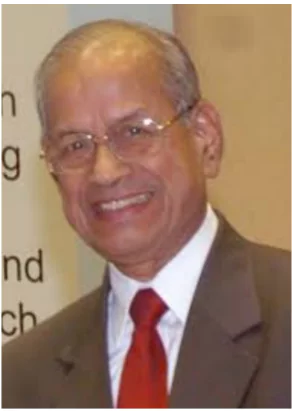Discover the inspiring Life of an IAS Officer—a journey of duty, challenges, and impact. Understand the unique Life of an IAS Officer that shapes India's future!

Life of an IAS Officer is one of dedication, responsibility, and immense service to the nation. The role is a dream job for many which is characterised by its prestige, power, and impact on society. However, it also brings with it wide challenges and demands that test the endurance and resilience of officers daily. This guidepost will provide an overview of the life of an IAS Officer, IAS officer duties, responsibilities, career path, challenges, and even the IAS officer salary, offering a well-rounded perspective on what it’s truly like to be an IAS officer.
The Life of an IAS Officer begins early from the dawn, as they prepare mentally and physically for a packed schedule of meetings, inspections, and fieldwork. Their day often starts with handling community issues and administrative tasks which involve interactions with multiple stakeholders including political leaders, government employees, and the public. Field visits are an important part of their routine, as they consider the implementation of government policies and identify issues that require their attention.
IAS officers play a vital role in administering government policies and maintaining law and order. Their responsibilities vary based on their department and rank, but the core IAS officer duties included in the Life of an IAS Officer are as follows:
IAS officers are duly responsible for developing and implementing policies that drive national and regional development. They ensure that policies are relevant, feasible, and aligned with the needs of the community.
Many IAS officers control departments which are responsible for maintaining public order and safety. They coordinate with law enforcement agencies and work to resolve local disputes and address public grievances.
Managing resources efficiently which includes budgetary allocations, is a critical aspect of the IAS officer responsibilities. This duty requires a deep understanding of public finances and an ability to make careful decisions under pressure.
In times of natural disasters, pandemics, or other crises, IAS officers act as the frontline leaders. They supervise relief efforts, coordinate resources, and work to restore normality, often in very challenging situations.
They work on the ground to promote social welfare programs, health services, educational facilities, and infrastructure development. Their hands-on approach brings them close to the grassroots level of governance.
The IAS officer career path is structured but it is also diverse in nature, as it allows officers to work in various departments and ministries over their careers. The journey begins with strict training at the Lal Bahadur Shastri National Academy of Administration (LBSNAA) in Mussoorie, where all the IAS officers are trained in law, management, and public administration.
After this foundational training, they start their action-packed career with different roles at the district level, generally starting as a Sub-Divisional Magistrate (SDM).
| The IAS Officer Career Path | |||
| Level | Position | Role and Responsibilities | Typical Timeframe |
| District Level | Sub-Divisional Magistrate (SDM) | Handles law and order, revenue, and administrative tasks within a sub-division; resolves local disputes. | Entry-level (0-3 years) |
| District Magistrate (DM) or Collector | Oversees district administration, implements policies, and coordinates developmental projects at the district level. | 4-8 years | |
| State Level | Deputy Secretary | Assists with state-level administration, manages specific departments, and helps in policy formulation. | 9-12 years |
| Joint Secretary | Takes on greater responsibility in a state department; manages large projects and policy execution at the state level. | 13-16 years | |
| Special Secretary / Secretary | Heads state departments and oversees policy planning, budgeting, and resource allocation for state-level programs. | 17+ years | |
| Central Government Level | Deputy Secretary | Works in ministries or central departments, involved in policy planning and national project execution. | 4-9 years in Central service |
| Joint Secretary | Manages significant national programs and policies and represents ministries in national and international meetings. | 10-16 years in Central service | |
| Additional Secretary | Assists in leading a ministry, oversees major initiatives, and reports directly to senior ministry officials. | 17-20 years in Central service | |
| Secretary / Cabinet Secretary | Holds the top executive positions; formulates, advises on, and implements national policies across ministries. | 21+ years in Central service | |
Many people assume the Life of an IAS Officer is glamorous, but in reality, it is burdened with challenges. The job demands adaptability, patience, and resilience, often at the cost of personal time and family life.
An IAS officer’s work hours can be long and unpredictable. They handle many tasks daily, from resolving local issues to attending high-level meetings, which often leaves them with little personal time.
IAS officers frequently work along with political leaders, and balancing bureaucratic neutrality with political expectations can be problematic. They may face pressure to make decisions that align with political interests, which tests their integrity and resilience.
IAS officers are highly perceptible public servants who are held accountable for their actions. Any mismanagement or policy failure can draw public scrutiny and criticism, which will add more stress to an already demanding role.
In floods, riots, or even pandemics, IAS officers are the first responders. Handling crises requires quick thinking, decision-making, and resource management under high-stress conditions, often with limited resources.
Maintaining a work-life balance can be extremely difficult. The IAS career demands constant attention, which makes it challenging for officers to spend quality time with their families or pursue personal interests.
The IAS officer salary is not the primary attraction of the job, hence it is competitive and sufficient to maintain the comfortable life of an IAS Officer. The salary structure has evolved over the years, and after the introduction of the 7th Pay Commission, IAS officers now enjoy a reasonable compensation package. Here is an overview of the IAS officer salary at various stages:
In addition to the IAS officer salary, they also receive multiple perks and benefits:
Despite the challenges, the Life of an IAS Officer is rewarding. The job allows officers to serve society, bring tangible changes to people’s lives, and drive national development. They wield the authority to make decisions that directly impact communities which makes this role both powerful and deeply impactful.
IAS officers have the satisfaction of knowing that their efforts improve public welfare, from implementing health schemes to ensuring that educational facilities reach the most distant corners of the country. Each day presents a new challenge that allows officers to continuously learn, grow, and adapt.
Throughout the history of the Indian Administrative Service (IAS), there have been many distinguished officers who have made remarkable contributions to governance, policy-making, and social welfare. Their dedication and accomplishments have not only shaped the administrative framework of India but have also set inspiring examples of public service.
Here are some notable IAS officers and their achievements:
| Notable Recipients of the IAS Officer Title | |||
| Name | Batch/Year | Notable Contributions | Image |
| T. N. Seshan | 1955 | Revolutionized the Election Commission; strengthened democracy by enforcing electoral reforms. |  |
| Kiran Bedi | 1972 | First woman in the IPS; known for prison reforms in Tihar Jail and strong stance on anti-corruption. |  |
| E. Sreedharan | 1953 | Known as the “Metro Man”; instrumental in the Delhi Metro and Konkan Railway projects. |  |
| Armstrong Pame | 2009 | Known as the “Miracle Man”; built a 100 km road in Manipur with community support, without government funds. |  |
| Durga Shakti Nagpal | 2009 | Gained attention for her crackdown on illegal sand mining in Uttar Pradesh. |  |
| Narendra Kumar | 2009 | IPS officer who sacrificed his life-fighting illegal mining in Madhya Pradesh. |  |
The Life of an IAS Officer is challenging yet fulfilling. With responsibilities that impact millions, IAS officers embody public service and resilience. Despite hurdles, the role offers a respectable career path, a good IAS officer salary, and the chance to make a lasting difference.
Ready to boost your UPSC 2025 preparation? Join PW’s UPSC online courses today!
UPSC Exam 2025 Related Articles
UPSC Prelims 2025 Exam
UPSC Notification 2025
UPSC Preparation 2025
UPSC Eligibility 2025
UPSC Exam Pattern
UPSC Syllabus
Yes, IAS officers enjoy a respectable lifestyle with a good salary, government accommodations, and additional benefits.
Family time is limited due to demanding schedules, but IAS officers try to balance work with family whenever possible.
IAS officer duties include policy implementation, maintaining law and order, managing resources, and addressing public grievances.
IAS officers face political pressure, high workloads, public scrutiny, and crisis management challenges in their roles.
The IAS career path includes district, state, and central government roles, allowing officers to gain diverse administrative experience.
The IAS officer salary starts around ₹56,100 per month, with growth opportunities, allowances, and retirement benefits as they advance.
<div class="new-fform">
</div>
